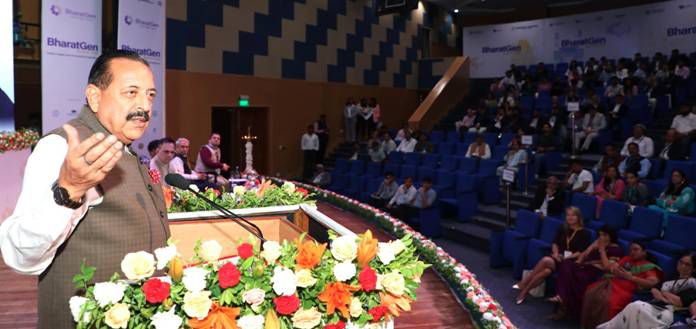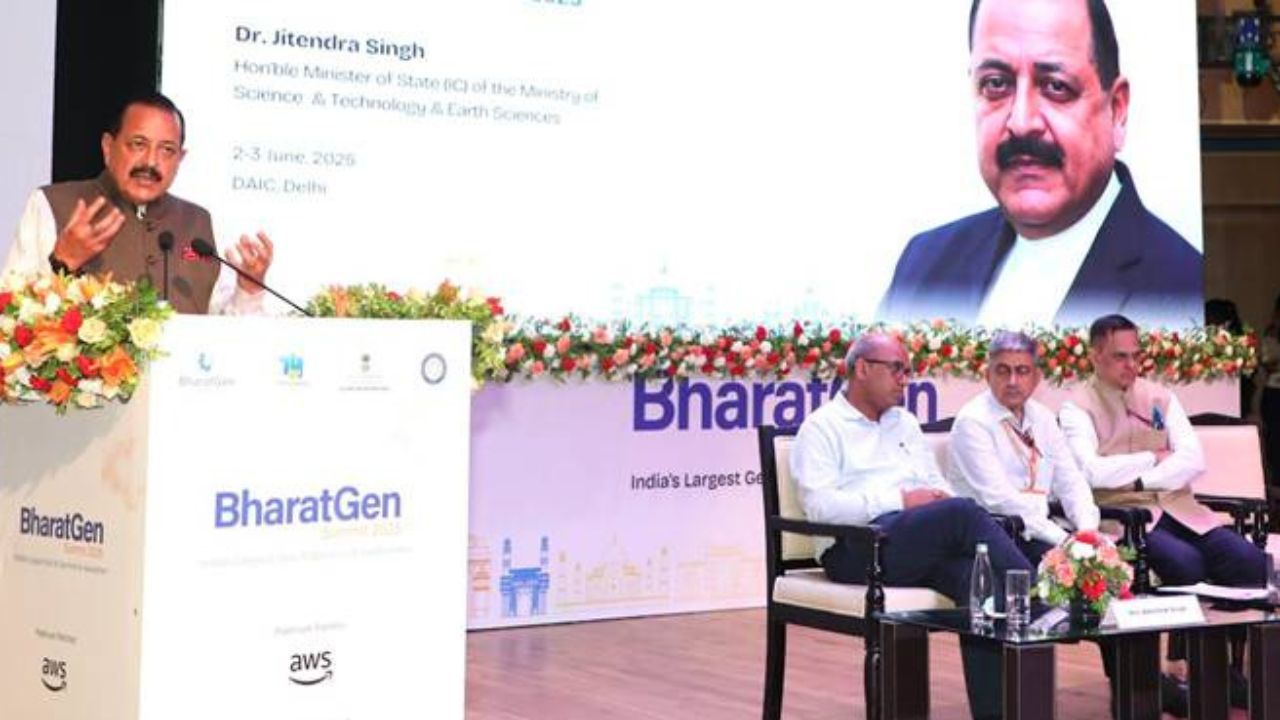Dr Jitendra Singh, the Union Minister of State (Independent Charge) for Science & Technology, unveiled 'BharatGen' at the BharatGen Summit. This initiative represents India's first indigenously developed, government-funded, AI-based multimodal large language model (LLM) tailored for Indian languages. The summit, recognised as India's largest generative AI and LLM event, also featured a significant hackathon.
Collaborative Development and Vision
BharatGen was developed under the National Mission on Interdisciplinary Cyber-Physical Systems (NM-ICPS) and implemented through the TIH Foundation for IoT and IoE at IIT Bombay. Supported by the Department of Science and Technology (DST), the initiative brings together a consortium of leading academic institutions, experts, and innovators. Dr Singh described BharatGen as a national mission aimed at creating AI that is ethical, inclusive, multilingual, and deeply rooted in Indian values and ethos. The platform integrates text, speech, and image modalities, offering seamless AI solutions in 22 Indian languages.

Empowering Key Sectors
The minister emphasised that BharatGen will empower critical sectors such as healthcare, education, agriculture, and governance by delivering region-specific AI solutions that understand and serve every Indian. Sharing a success story from his constituency, Dr Singh highlighted AI-powered telemedicine services where an AI doctor communicates fluently in the patient's native language. This approach not only builds trust but also has a psychological effect akin to a placebo, enabling better care in remote regions connected with super-speciality hospitals across India.
Also Read: Next-Gen Cities Incoming: ADB’s Massive Urban Overhaul Plan for India
Aligning with National Vision
Dr Singh noted that BharatGen aligns with Prime Minister Narendra Modi's vision of "India's Techade," focusing on innovation and inclusion. He cited India's AI progress as a global benchmark, mentioning CPGRAMS, which is now studied by several countries as a model for grievance redressal systems. He reiterated that the Anusandhan National Research Foundation (NRF) will further boost India's R&D and innovation ecosystem. Flagship schemes like PM MUDRA Yojana, PM SVANidhi, and PM Vishwakarma Yojana are transforming the lives of street vendors, artisans, and micro-entrepreneurs.
Fostering Innovation
Celebrating the success of over 3,000 agri-tech Startups, particularly those pioneering initiatives like lavender cultivation in Jammu & Kashmir, Dr Singh emphasised that innovation thrives beyond metropolitan areas and IT sectors. The summit also witnessed a significant MoU exchange ceremony aimed at deepening collaboration across government departments and research hubs.
Also Read: India Rolls Out Game-Changing EV Policy to Woo Global Giants
Engaging the Next Gen
The launch of the Generative AI Hackathon 2025 marked a major step in engaging student innovators to solve real-world problems through AI. The BharatGen initiative is being executed through a network of 25 Technology Innovation Hubs (TIHs), four of which have been upgraded to Technology Translational Research Parks (TTRPs). The mission's four pillars include technology development, entrepreneurship, human resource development, and international collaboration.
Summit Highlights
The BharatGen Summit witnessed the esteemed presence of key dignitaries, including Prof. Abhay Karandikar, Secretary, Department of Science and Technology (DST); V. Srinivas, Secretary, Department of Administrative Reforms and Public Grievances (DARPG); Rajit Punhani, Secretary, Ministry of Skill Development & Entrepreneurship; and Abhishek Singh, Additional Secretary, Ministry of Electronics and IT (MEITY). The event also featured industry stalwart Kris Gopalakrishnan, co-founder of Infosys, and Prof. Ganesh Ramakrishnan, principal investigator of BharatGen. Their participation, alongside senior government officials, leading academicians, and young student innovators, added depth and vision to the summit's focus on advancing India's AI ecosystem.




